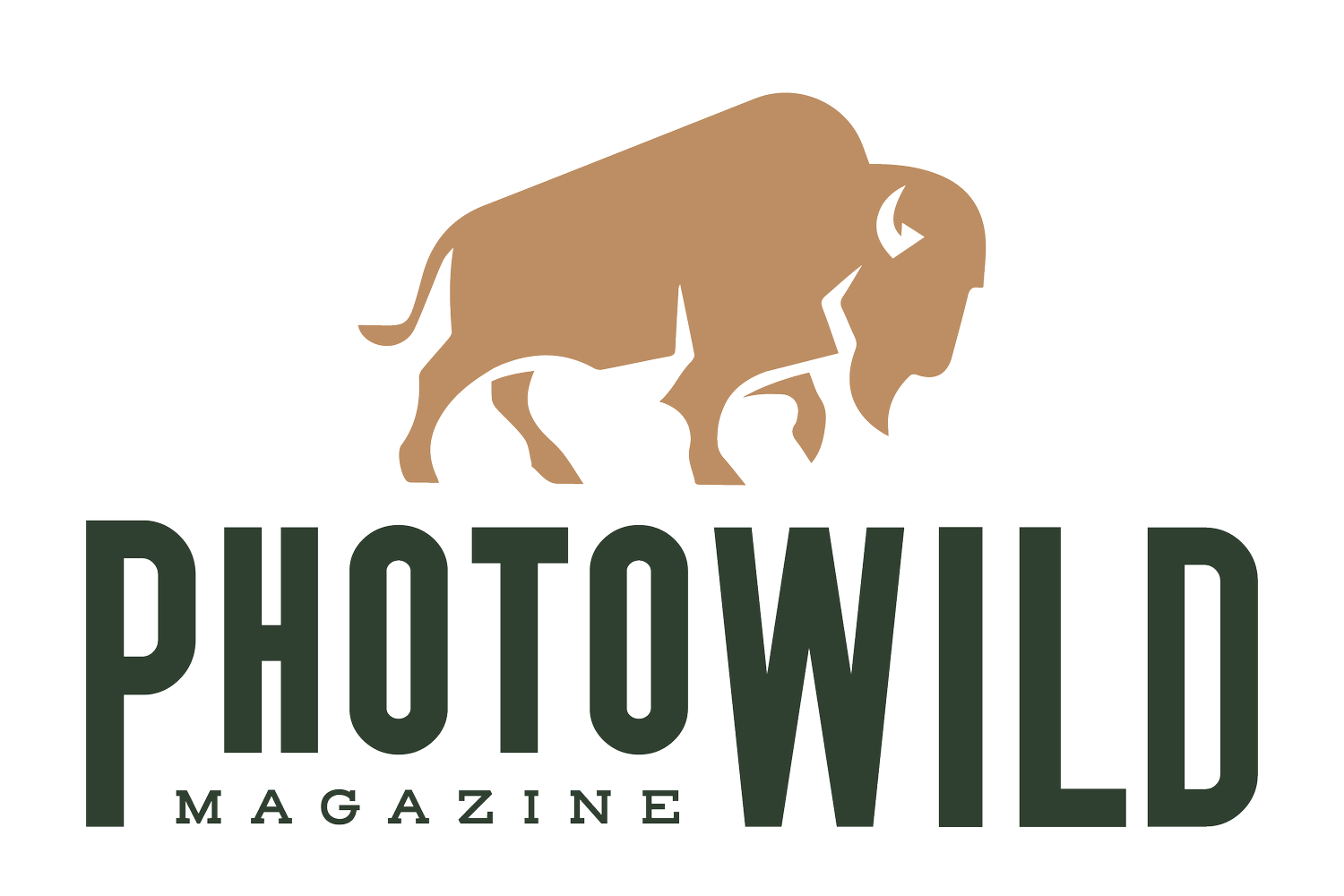Looking for a particular topic? Try using the search bar below.
Skip the Bear Jams this Summer
The Greater Yellowstone Ecosystem is bursting with life.
But while most lenses are pointed toward bears and bison this summer, few photographers will notice the riot of color all around them. With more than 450 bird species in the region, the Greater Yellowstone Ecosystem is one of the best kept secrets in bird photography.
The Theatre of the Sagebrush
Photographing the greater sage-grouse on its lek is among the most rewarding experiences in North American wildlife photography. It begins with days of scouting and preparation, followed by hours of silent stillness in a blind long before dawn. Each decision, from where to place your hide to how to approach in darkness, is guided by respect for one of the most sensitive rituals in the bird world. With care and patience, it’s possible to document a spectacle as ancient as the prairie itself - one that few ever see, and none ever forget.
It’s time to rethink the nature of warblers
In the coastal mangroves of Bocas del Toro, a prothonotary warbler (Protonotaria citrea) gleams like a flame in the shadows, feeding not on insects, but on fruit left behind by monkeys. Though known as insectivores during the breeding season, warblers across the tropics consume carotenoid-rich fruits: pigments that shape the bright yellows, oranges, and reds of their plumage. This tropical diet, often overlooked, may hold the key to their brilliant breeding colors. Far from mere winter refuge, the neotropics may serve as the nutritional crucible in which these birds are built, reframing warblers not as northern migrants with southern habits, but as tropical species whose lives are only partially visible when they return to sing.
Boreal Reflections
Above the mirror of a boreal wetland, a red-necked grebe ferries its chick across still water—tucked between its wings, hidden in down. This isn’t just parenting; it’s evolution in motion. Vulnerable and newly hatched, grebe chicks ride for warmth, protection, and survival in a landscape shaped by cold and predators. From the eye-level stillness of a floating blind, this intimate behavior comes into view—quiet, fleeting, and impossible to witness from shore. In these flooded forests, where most life goes unseen, the blind becomes a portal to the subtle brilliance of adaptation.
Listening to the Forests
In the lowland rainforests of Panama, Geoffroy’s tamarins slip like shadows through the mid-canopy, their masked faces and white crests glimpsed only in motion. But it’s their voices that give them away. High, clipped, and metallic, their calls echo the sharp notes of tyrant flycatchers, blurring the lines between primate and bird in a forest where sound carries farther than sight. This acoustic resemblance may reflect a deeper connection: flycatchers follow tamarin troops to catch flushed insects, while tamarins seem to respond to the birds’ alarm calls—a subtle, mutual choreography played out in the tangled understory.
Born to Float - Science and Strategy of Photographing ducklings
When a brood of mallard ducklings drifted through the morning fog, the loons disappeared from the story—but something more intimate took shape. Seen from a floating blind, just inches above the surface, their world opened up: eye-level glimpses into the fragile physics that let them float, the maternal oil that coats their down, and the evolutionary design behind their soft, buoyant bodies.
Wings of War: The epic battles of hummingbirds
In the misty cloud forests of Panama, brilliant flashes of color give way to aerial combat as tiny birds clash over a single bloom. In this behind-the-scenes look at photographing high-speed hummingbird battles with a multi-flash rig, wildlife photographer Jared Lloyd reveals the hidden aggression behind their iridescent beauty. From the mythology of Aztec gods to the physiology that fuels their fury, this article unpacks the science—and the spectacle—of why hummingbirds fight, and how capturing it on camera is both art and endurance.
Weather’s Impact on Wildlife
Winter is here and with comes some of the best wildlife photography of the year, if only we know how animals respond to the changes in the air. We are working on something new here at PhotoWILD Magazine and Podcast, and excited to share a sneak peak inside!
Of Bears and Oaks: Finding black bears this Fall
Discover how fieldcraft and food ecology help photographers predict black bear behavior in autumn. Learn why white oak acorns are key to understanding and ethically photographing these animals during their seasonal feast.
All Things Connected: The nature of black bears
It's when we are not photographing that we actually learn something. Everywhere black bears live, they have some sort of association with a particular species of tree. Understanding this will significantly improve your ability to find and photograph these amazing animals.
The Importance of Smell: Lessons from a bear.
A bear's sense of smell is unmatched by any other animal in the world. Everything about their biology is fine tuned for this superpower. As wildlife photographers, understanding the importance of smell for other animals can make or break our ability to fill memory cards. If you want to be able to step into nature and find and photograph animals, especially mammals on their terms, then it's time to understand the importance of smell.
Weather & Wildlife: When Winter Fails
Just as heavy snow or deep negative temperatures impact wildlife behavior, so too does a lack of winter. When temperatures fail to get cold, when the snow does’t come, when winter just isn’t winter, wildlife is impacted in myriad ways.












